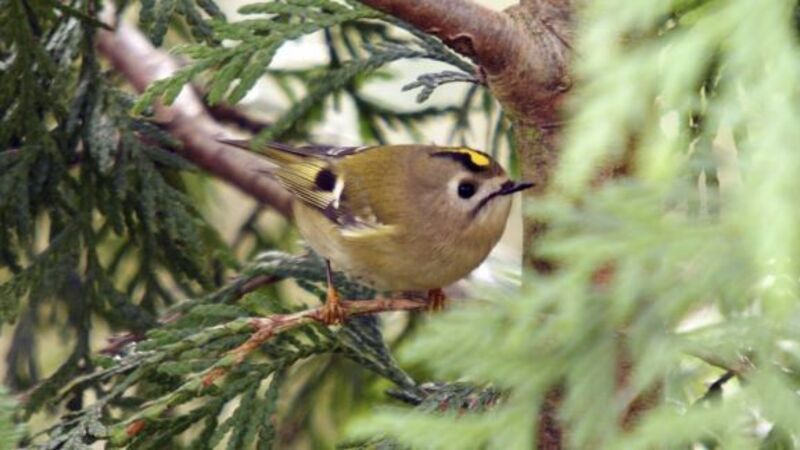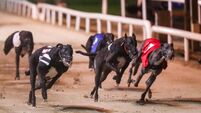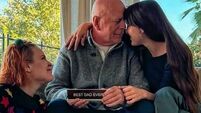Solution to our Spanish travel ‘case’

His system of binomial nomenclature, giving every living thing a genus and a species in a universal language, imposed order and also meant that we knew who we were — Homo sapiens.
A surprising number of the names that Linnaeus gave to species still stand today and so do the relationships between species that he arrived at. But up until about 50 years ago the classification of living things was largely dependent on visual clues.
Then the geneticists came along with their electron microscopes and impenetrable jargon and threw the cat among the pigeons.
Apart from re-classifying many species, they settled some long-running arguments about how and when some of our wildlife first colonised Ireland. A few years ago they settled the argument about the origin of our red deer. We now know that all red deer in Ireland are 19th or 20th century introductions apart from the herd in central Kerry, introduced by early Stone Age farmers between 5,000 and 5,500 years ago.
I was brought up to believe that pike were also an introduced species, probably brought in during medieval times. We now know they were introduced at that time but that native fish already existed in the country and the native strain persists to this day.
It’s a similar story with frogs. When I was student in Trinity College I was told the story of how the first frogs in Ireland were escapees from the college medical school, imported from England for dissection classes in 1696. The geneticists now tell us there have been several introductions of frogs into Ireland but that many of our frogs, particularly in Munster, belong to an older native stock.
But perhaps the most exciting new information offers a solution to the riddle of the Lusitanian flora and fauna. This is a group of plants and animals with what biologists call a disjunct distribution — they are found the in south-western Ireland and in north-western Spain and Portugal, but nowhere in between. How could this happen? Two separate pieces of genetic research, one on Irish pygmy shrews and one on Irish human beings, offer an intriguing solution. Both species appear to have arrived in Ireland from northern Spain at around the same time, close to the end of the last Ice Age. It looks increasingly likely that early humans accidentally brought the shrews, and the rest of the Lusitanian flora and fauna, in their luggage when they arrived by boat.
The goldcrest is the smallest Irish bird. They are quite common and not particularly shy but are seldom seen. They spend most of their time in the tops of very tall trees where their small size makes them hard to spot. They are also greenish in colour, apart from the crest which is day-glo yellow with a black stripe and an orange top-knot in the males.
They specialise in feeding on tiny insects, spiders and aphids and are so small and light in weight they can take these from crevices and the undersides of leaves other birds can’t reach. They forage continuously. There is a large influx of Scandinavian birds into Ireland in winter and these often form sizeable flocks. At this time of year, when food is scarce, the flocks will switch to small tree seeds. The best opportunity for watching their acrobatic antics is in the coming weeks before leaves appear on birches or alders.





